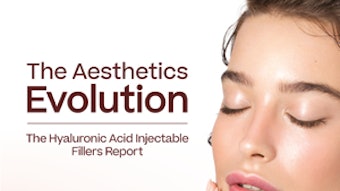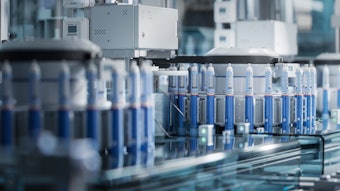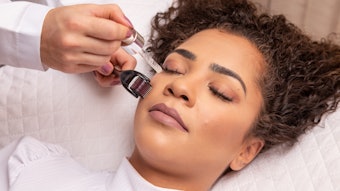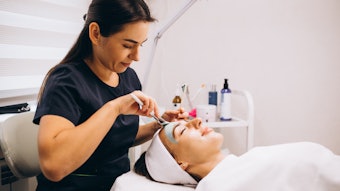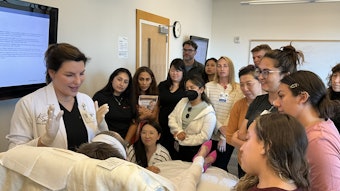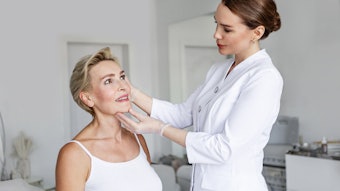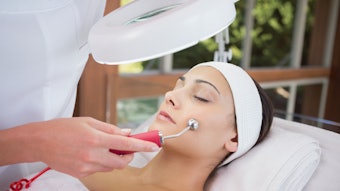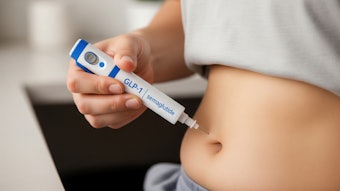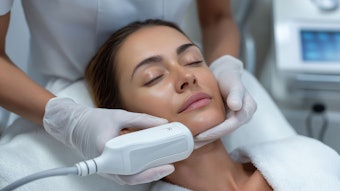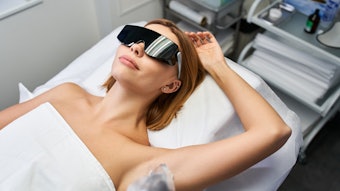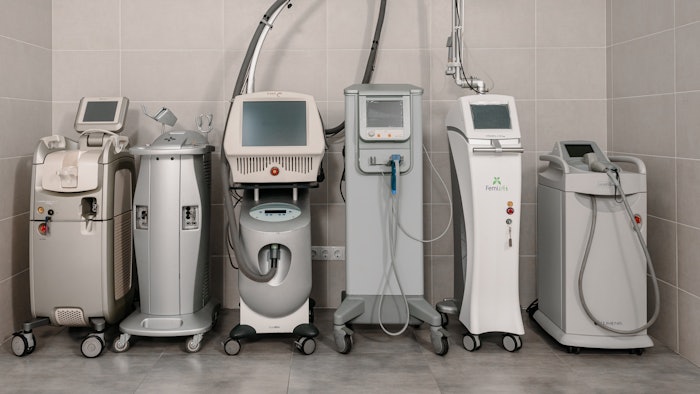
FDA Device Approval Process
1. Establish the product by intended use, indications for use, duration of use and target population.
2. Verify product is a device. The item is an “instrument, apparatus, implement, machine, contrivance, implant, in vitro reagent or other similar or related article,” or a component, part, or accessory of one and:
- Recognized in an official compendium or;
- Intended for use in diagnosing a disease or other condition, such as pregnancy, in man or animals or;
- Intended for use in the curing, mitigation, treatment, or prevention of disease in man or animals or;
- Intended to affect the structure or any function of the body of man or animals or;
- Does not achieve any of its principal intended uses through chemical action within or on the body of man or animals or;
- Can achieve any of its principal intended purposes without being metabolized.
3. Identify the classification(class I (low risk); class II (moderate risk) and class III (high risk)) and regulatory pathway.
4. Develop and collect evidence regarding the efficacy and safety of product.
5. Prepare premarket submission. These alternatives depend on the product classification.
- Investigational Device Exemption (IDE): Experimental devices that are used in clinical trials to collect safety, efficacy and potential risks information
- Premarket Notification (510(k)): Class I devices and most class II devices not subject to another premarket submission
- Premarket Approval Application (PMA): Class III devices that present the highest risk or are without substantial equivalents already available on the market
- De Novo: Novel class I or class II devices with no similar predecessors available in our markets and lack of fit with any other categories
- Humanitarian Device Exemption (HDE): Class III devices presenting a high-risk. Usually applies to devices for treatment of rare diseases or medical conditions.
Additional FDA Approval Advice
Professor Spece warns, “Make sure the device has been properly classified and procedural and substantive requirements have been met. Check the FDA website for any complaints or problem reports concerning the product.” Practitioners should become familiar with laws and regulations applying to FDA device clearance, which can be found on the FDA website, and know when to get the advice of a qualified attorney. Additional federal and state statutes and regulations exist independent of the FDA, applying to “who can use the device, what training is required, what physician or health care provider supervision is necessary, whether there is a state statute disallowing the corporate practice of medicine (a non-physician cannot hire a licensed physician), OSHA compliance, HIPPA compliance, etc.”
Professor Spece suggests practitioners “foster a collegial relationship of sorts with the regulators,” as it is dangerous to assume “scrupulous compliance with laws and regulations is enough to be successful.” While those involved in deciding FDA device classifications are sincere and knowledgeable, they must balance the goal to make devices available with protecting the public against fraud, exploitation and physical risks. Practitioners can most benefit from respecting the process, the people involved and communicating with regulators.
